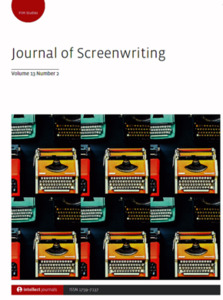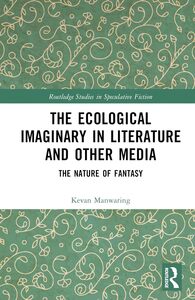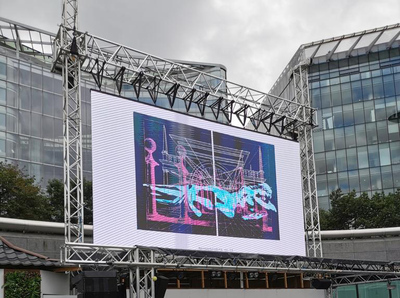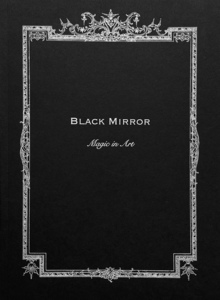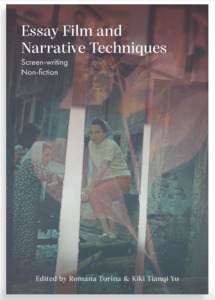This research looks at the evolving space of animated documentary production in the UK, with a focus on its community of practice and the related communities of
practice that overlap with and within it. In recent years there has been an increase in scholarly attention paid to the history of animated documentary, as well as to the legitimacy of its documentary status. Less research has addressed its diverse production processes or the distribution of power within its production culture. The originality of this research lies in my focus on these areas, and in the synthesis of social research methods with reflection on my own critical practice as an independent animated documentary filmmaker.
I approach animated documentary as a ‘conjunctional’ practice (Ward, 2003, p.7), taking place at the boundaries of other communities of practice and governed by both the formal systems of the commercial media industries and the informal systems of social interaction and identity. As objects of cultural capital, films carry, through their production
histories, the traces of the exchange of other forms of capital – symbolic and economic. By analysing case studies of animated documentaries, I shed light on some of the ways in which power is distributed in the environments from which
they emerge.
My methodology synthesizes multiple qualitative methods to observe and analyse production culture, including: semi-structured interviews; textual analysis of documents; field observation of production and exhibition spaces; theoretical and historical research; and reflection on my own practice, as well as analysis of trends in animated documentaries recently programmed in key film festivals. It includes biographical and production- focused case studies. I interpret my findings using perspectives drawn from concepts of ‘forms of capital’ (Bourdieu, 1986), ‘legitimate peripheral participation’ (Lave and Wenger, 1991), and ‘boundary objects’ (Star and Griesemer, 1989). Through these research methods I engage with both academic and production
communities, aiming to create new avenues for knowledge sharing between these.
I propose that animated documentary is multivalent and elastic, allowing filmmakers to work across
industrial boundaries, to access new skills, audiences and relationships, and to develop rich,
interdisciplinary identities. However, the boundary-crossing nature of animated documentary means
that it lacks a set of standardised methods and an industrial lexicon. Because of this, animated
documentary production can be hampered by communication and production issues. This can lead to
inefficiency and wasted creative opportunities, and it is in part responsible for the difficulties that filmmakers encounter when trying to find support for larger scale, longer form animated documentary work.
As part of this thesis, I begin to reify processes through the identification of two broad modes of animated documentary production: a ‘linear’ process in which animation is commissioned as an illustration to an existing soundtrack, and a ‘dialogic’ process in which sound, story and image are developed in parallel, each element in dialogue with the others. I contrast these modes,
looking at the risks and advantages of each.
I conclude by proposing ways in which animated documentary production can grow in scale and ambition, through establishing systems of knowledge sharing, and developing an industrial lexicon. I suggest that this endeavour is best taken up by academics working in dialogue with industry, with a flow of knowledge passing between these worlds and approaches to production being reified into
named systems and techniques. As part of the conclusion, I suggest simple guidelines to support practitioners approaching an animated documentary production, and some words and phrases that could form the beginning of a lexicon of animated documentary production.
 |



 Lists
Lists Lists
Lists

